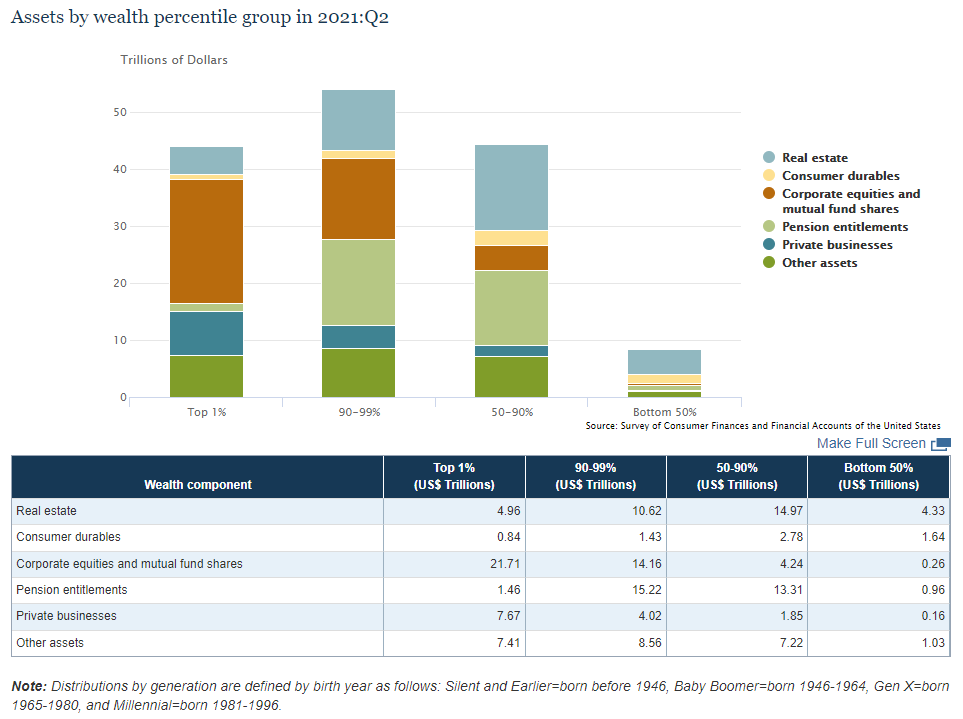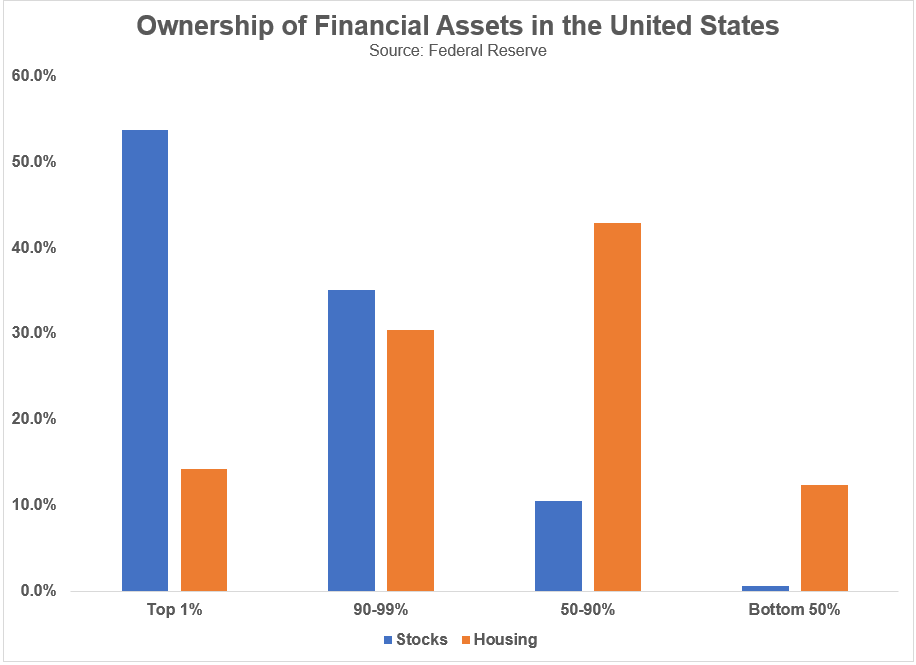We had done this a long time ago where we were sharing interesting things related to finance, markets, fintech, and so on but kinda stopped doing it. Given that there’s so much happening in the markets and there’s so much interesting content being published, once or twice a week, we’ll try to curate and summarize some of the good things that we come across.
Finding a balance between various market related topics is always tricky and we’ll play around with the things we curate a bit. It would help if you give us some feedback and suggestions.
What to read?
One thing a lot of investors try to do is copy what famous investors buy and sell. I remember last year when a lot of retail investors averaged their investments because Rakesh Jhnujunwala had bought Yes Bank. Some investors religiously track what people like RJ, Ashish Kacholia, Porinju Vijay Kedia, etc buy and sell.
Saying that this strategy of coat tailing is risky is a bit like saying the sun rises in the east—it’s obvious. But having said, does this strategy work? Luckily for us, there are a couple of ETFs in the US which follow this strategy like GURU, an ETF by GlobalX which picks stocks held by a select group of Hedge Funds.
In this piece, Joachim Klement analyses the performance of these ETFs that clone or mimic the holdings of well-known investors and hedge funds.
There are differing opinions by the way. Meb Faber had written a book—which is available for free—that found that mimicking the portfolios of investors like Warren Buffett etc. is a profitable strategy, assuming that you get both the buys and sell right.
#2: Ownership Inequality in the Stock Market
Each quarter the US Federal Reserve publishes a report that breaks out the assets held by wealth percentile of U.S. households:
While the top 10% owns 45% of the housing market, 90% of the population owns 55%. The numbers are quite staggering when it comes to ownership of financial assets. It’s estimated that 50% of the country has ownership in stock markets but the top 1% now owns nearly $22 trillion in stocks and funds which represents almost 54% of the total ownership. The top 10% owns 89% of the stocks in this country, while the bottom 90% owns just 11%.
This is one of the biggest reasons for the rising backlash against income inequality and central banks.
#3: Stupid Money
“…at particular times a great many stupid people have a great deal of stupid money.”
This quote by Walter Bagehot perfectly sums up human nature’s role in turning smart money into stupid money during times of manias and panics.
-
Human nature gets particularly triggered by the appearance of easy money and a desire to get rich quick.
-
Stocks that double or triple in a short time are enticing. It’s hard to sit on the sidelines without being tempted to join in. Especially when everyone around you seems to be making so much money.
-
The less obvious example of stupid money arises in panics. Whether it’s because of greed or a need to recover losses, seeing stocks down big can be just as enticing. It starts by imagining the windfall on a stock down 80% that then recovers to its previous highs. Hope, or is it desperation, breeds stupid money. Stocks down big usually fall for a reason. The business is in trouble. And if the business worsens, the stock falls some more. They’re called falling knives — it hurts when you try to catch the bottom.
#4: Internal vs. External Benchmarks
There are two ways to measure how you’re doing: Against yourself and against others. Internal vs. external benchmarks.
The world of business and finance is home to so many staggeringly successful people whose lives are broadcast over a staggeringly loud social media system.
If you measure your career solely relative to them – the external benchmark – you’re on the neverending path of feeling inadequate, incompetent, and poor.
It’s not until you focus on internal benchmarks and see how far you’ve come, relative to where you began that you have a good view of where you stand and what you’ve accomplished.
External benchmarks can be great because so much innovation comes from the urge to chase whoever’s in front of you. They’re also just necessary to survive a competitive environment. But great things backfire when taken to an extreme, and external benchmarks are no different.
It’s not that easy
Not a day goes by where we don’t see some unauthorized portfolio management scam. There was once more incident that blew up on Twitter where a seemingly smart person had given lakhs to a tipster who promised 4% a day. Yes, that’s not a typo—4% a day.
Remember:
-
There are no free lunches. You can’t get high returns for low-risk
-
If it’s too good to be true, then it probably is. People seem to trust random people based on screenshots and unverified numbers and trust them with lakhs. This is insanity.
Sandeep wrote a nice thread on how to avoid such market related scams.
https://twitter.com/SandeepParekh/status/1455536609030557702?s=20
What to watch
You might have heard of Magic Formula. It’s a value investing strategy created by Joel Greenblatt. He has an enviable track record of ~50% annualized. Came across his keynote Presentation at the Ben Graham Conference. Joel is one of the best investment minds out there and there is an insane amount of insights in here.
What to listen
Curation by @ShubhS9


 Thanks for the feedback. Also, do check out Weekly Trading blog, for this week:
Thanks for the feedback. Also, do check out Weekly Trading blog, for this week: 